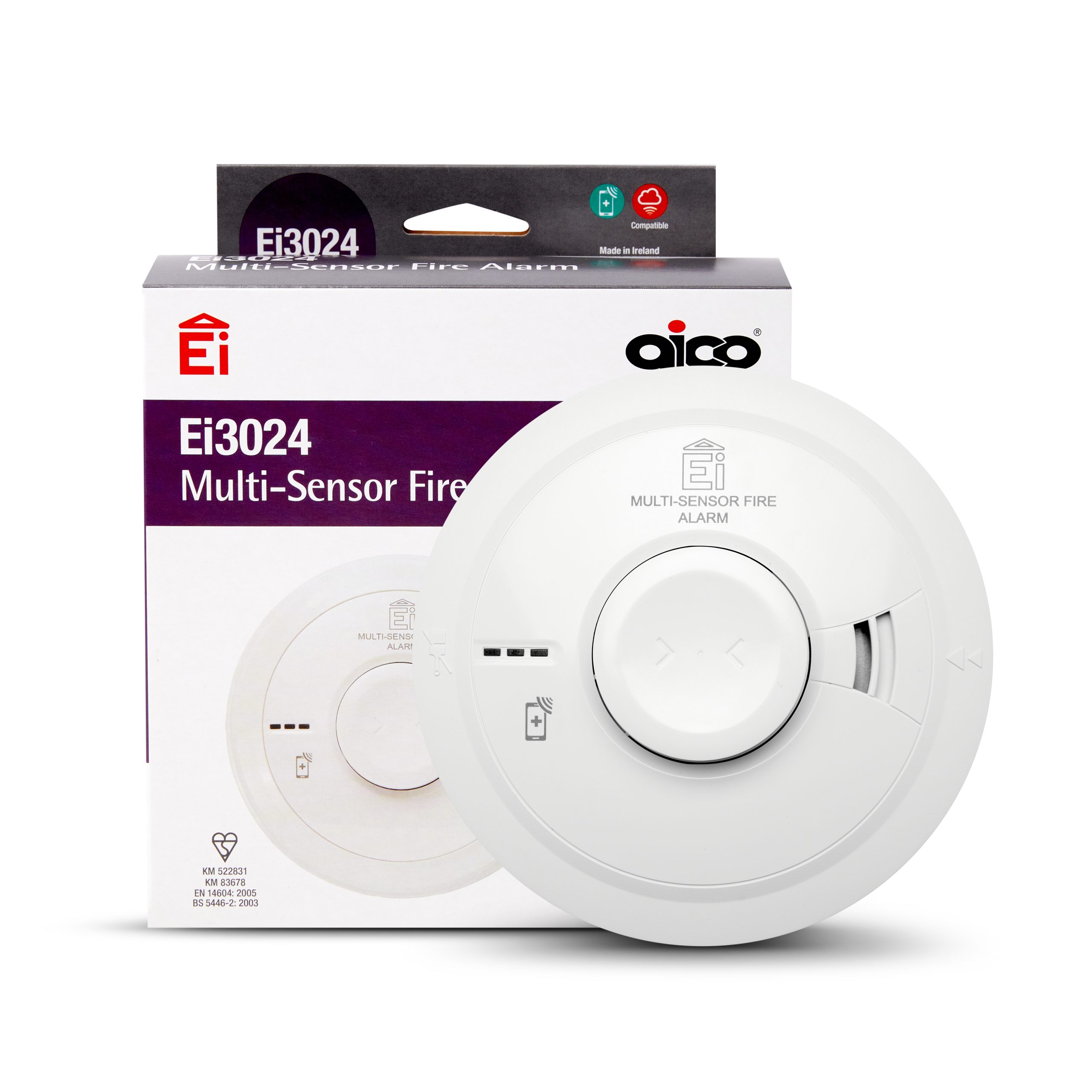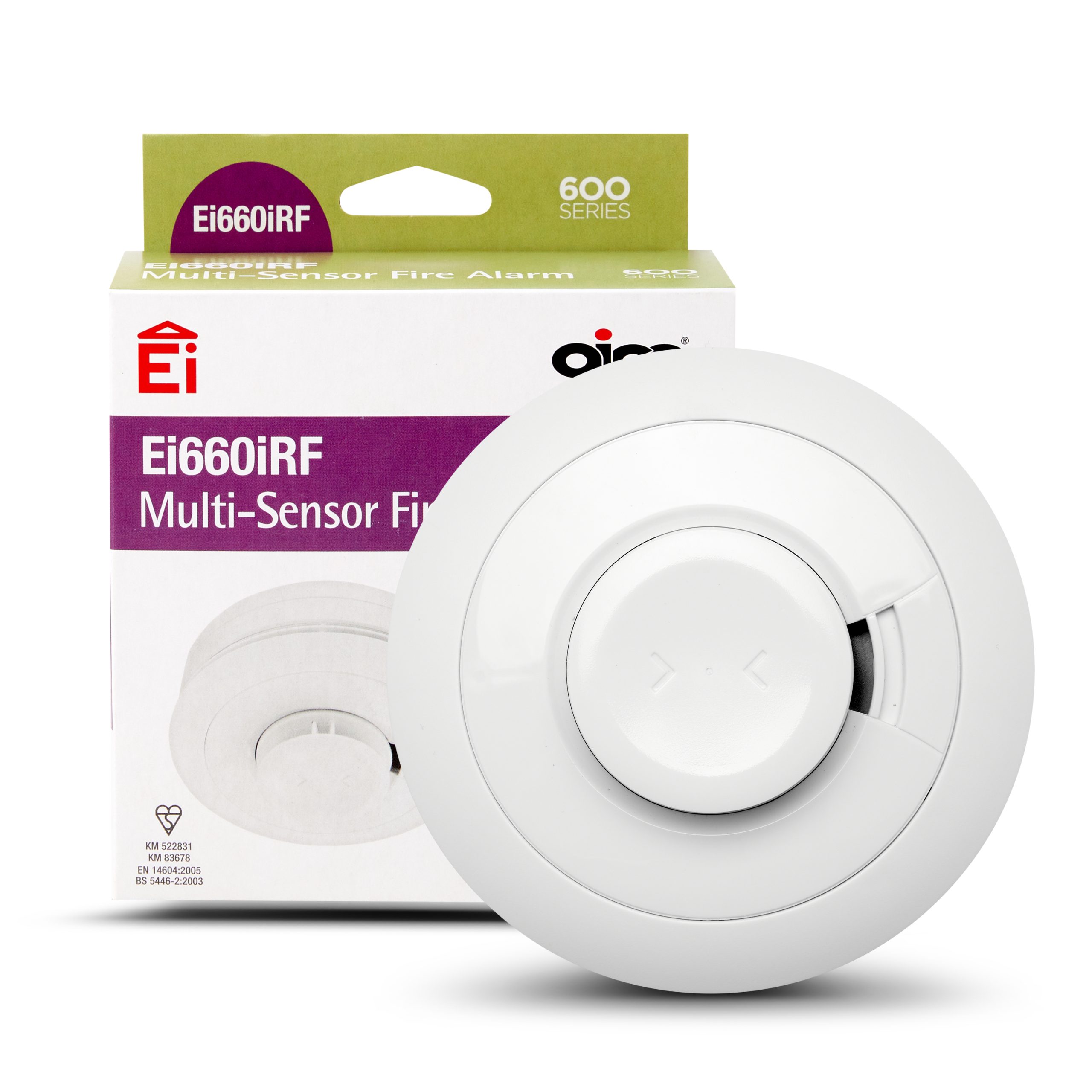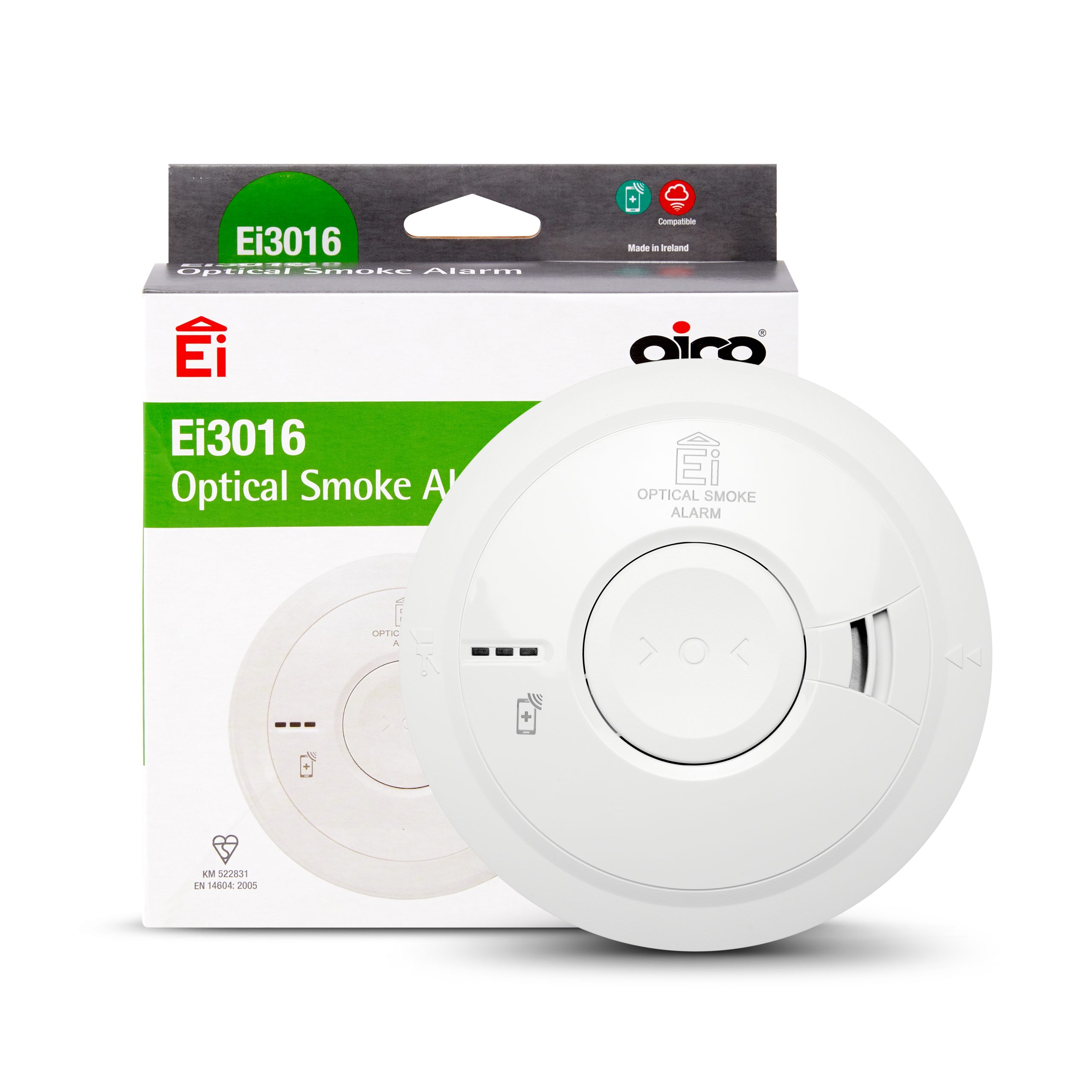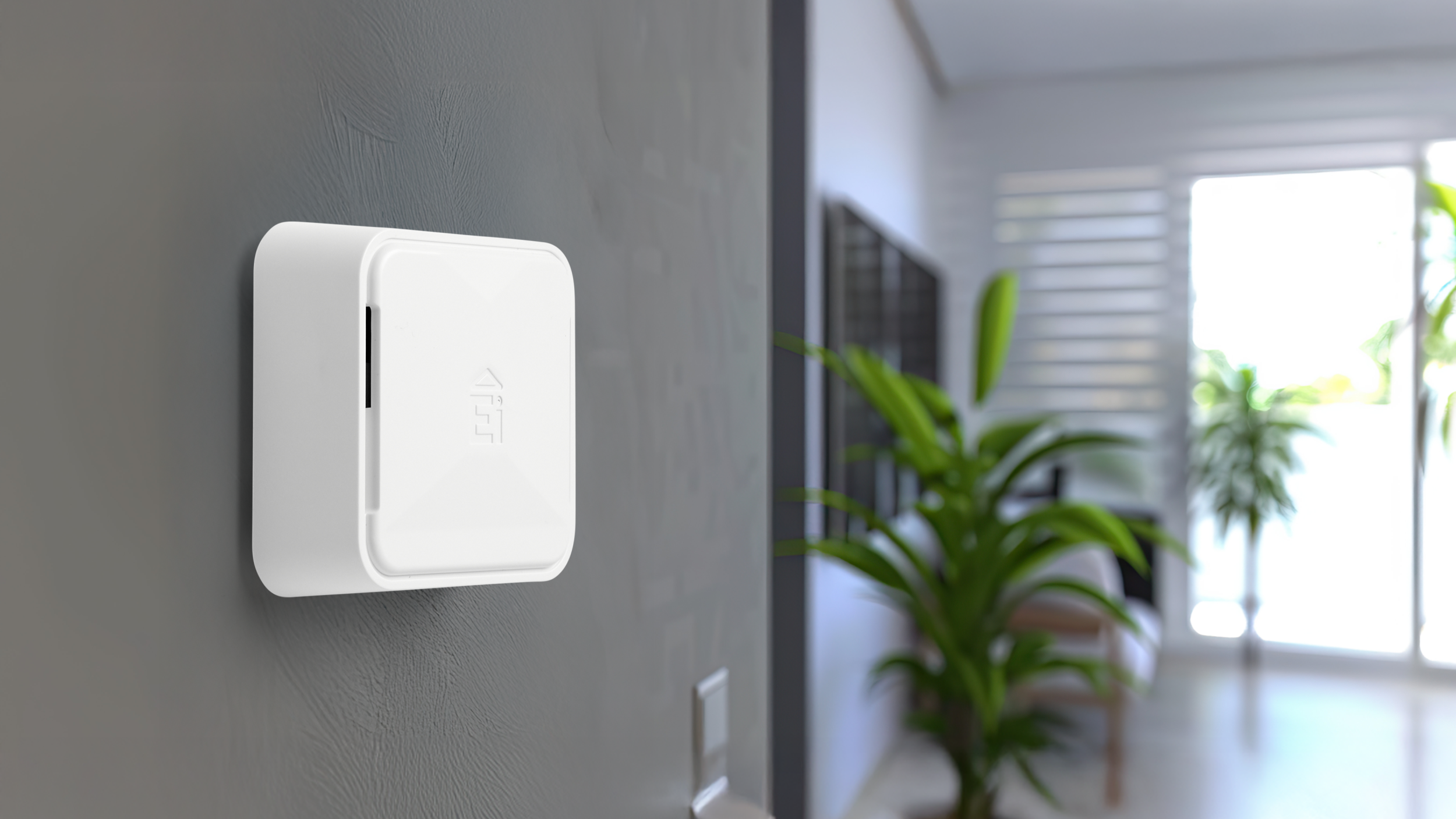Lithium-ion Battery Safety
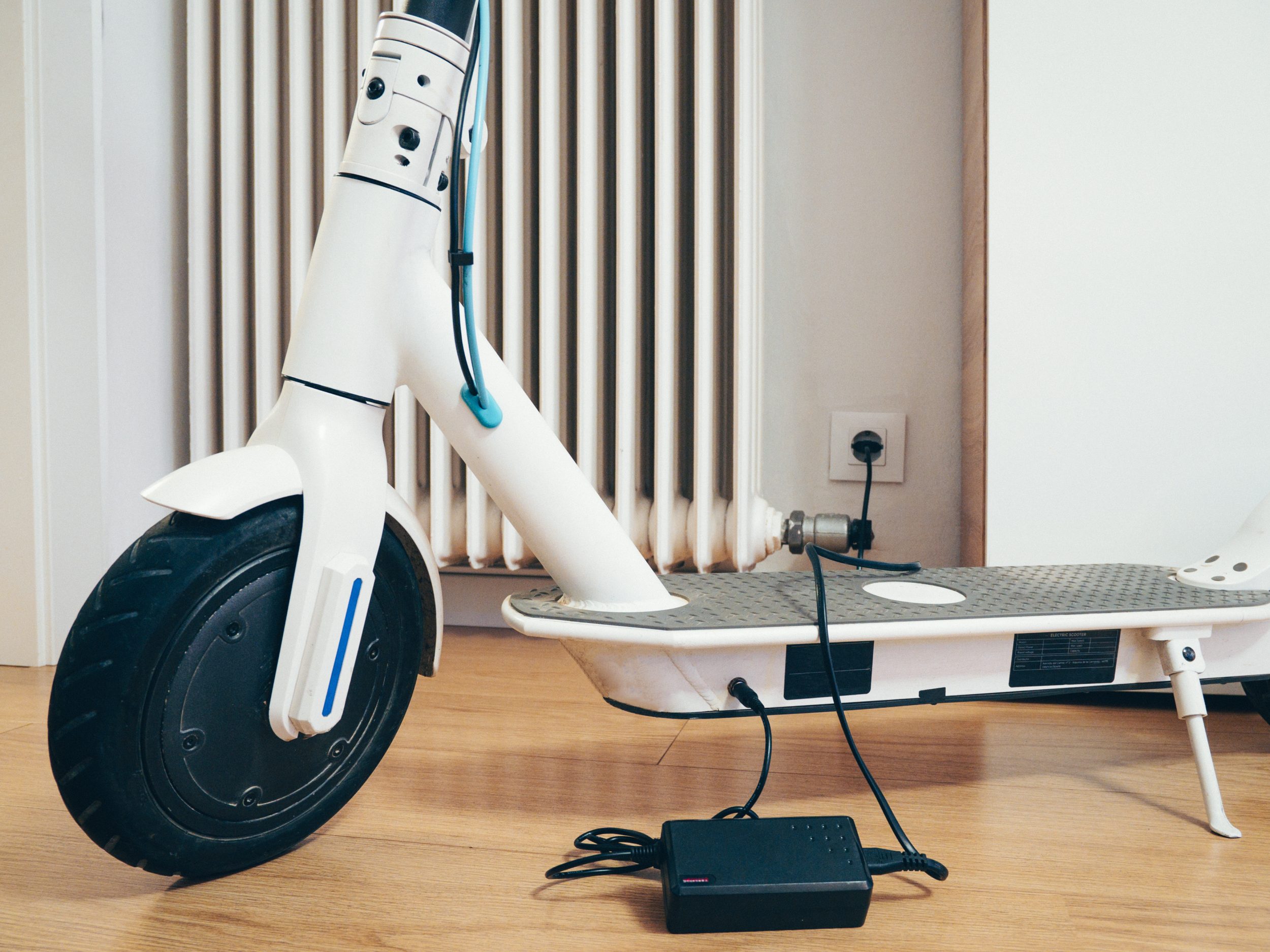
With Christmas looming, most of us are faced with that age old question of “what do I buy my loved ones for Christmas?” In this modern age, gifts are becoming ever more complex and large amounts are electronic.
Children and teenagers are always after the latest technology and most of the tech these days have lithium-ion batteries as a source of power. With these types of batteries, they tend to last longer, be more reliable, charge faster and can be re-charged thousands of times and not degrade, unlike their lead-acid counterparts.
However, these batteries do come with a significant issue. Lithium-ion batteries can, if damaged, create a situation known as thermal runaway. The process of thermal runaway starts when a battery cell overheats, perhaps due to an internal fault, physical or electrical abuse, or extreme temperatures. This elevated cell temperature results in exothermic reactions, which produce more heat than can be dissipated to surroundings. Eventually, the internal structure of the cell begins to become unstable and collapse, resulting in the venting of flammable and toxic gases, fire, and explosion. The heat spreads to nearby cells, causing them also to enter an uncontrollable and irreversible state of thermal runaway (Electrical Safety First).
Lithium-ion battery fires in homes, although still relatively rare, are increasing and the effects of them can be life changing. These fires are typically caused by factors such as overcharging, physical damage to the battery, manufacturing defects, or using incompatible chargers. To prevent such fires, it’s essential to follow safety guidelines and manufacturer’s instructions when charging and using devices with lithium-ion batteries, like smartphones and laptops.
A fire caused by thermal runaway can be dangerous and very difficult to extinguish. Always prioritise your safety over trying to put the fire out. Lithium-ion fires produce toxic gases, and it is easy to be overcome by the fumes. So again, always prioritise your safety and call 999 if your safety becomes at risk.
In 2021, lithium-ion battery fires caused by e-bikes and e-scooters had risen by 150% according to information provided by Zurich, rising again by a further 28% in 2022. Taking this into account and looking at the minimum standards of fire alarm protection required homes in England (according to Building Regulations), having one alarm on every storey, creates a perfect storm.
England is currently lagging behind the standards that are imposed on our other home nations, even though we have the 34th most dense population in the world. Within Scotland and Northern Ireland they are installing systems to LD2 standard (escape routes & high-risk areas), these requirements are far greater than in England.
As a country, our minimum standards need to reflect the homes in which we live. Many of us now work from home, putting a greater demand on electrical devices; online marketplaces, and the ability to import from other countries (who may not work to the same high standards as we do) puts our homes at risk. So, having an alarm on each level of the house really doesn’t reflect our ways of living, and we need to move to a minimum LD2 system in accordance with BS5839-6.
Lithium-ion batteries are here to stay, so we need to adapt our homes to protect from the kind of danger that can occur from a lithium-ion battery fire.
How do we still enjoy the benefits of using these batteries, but also protect ourselves from the potential of thermal runaway? If we follow these simple steps, then we can use them safely and not put ourselves at risk:
- Use manufacturer-approved chargers: Always use chargers and cables provided by the device manufacturer or reputable third-party manufacturers known for quality.
- Avoid cheap or counterfeit chargers: Low-quality chargers may not have proper safety features, potentially putting your device and safety at risk.
- Charge in a safe location: Charge your devices on a stable, non-flammable surface and away from flammable materials like paper, fabric, or curtains.
- Don’t overcharge: Avoid leaving devices plugged in and charging for extended periods. Most modern devices have mechanisms to prevent overcharging, but it’s still best to unplug them when they reach a full charge.
- Temperature matters: Charging at extreme temperatures (too hot or too cold) can harm battery life and safety. Keep devices and batteries at a moderate temperature while charging.
- Replace damaged cables and batteries: If you notice frayed or damaged charging cables or batteries, replace them immediately. Damaged components can pose safety risks.
- Unplug when not in use: Disconnect chargers from the power source when not in use to reduce the risk of electrical faults.
- Avoid charging under pillows or bedding: Charging devices under pillows, blankets, or other soft materials can trap heat and pose a fire hazard.
- Use surge protectors: Consider using surge protectors to safeguard against power surges that can damage charging equipment.
- Educate family members: Teach children and family members about safe charging practices to minimize the risk of accidents.
- Follow manufacturer guidelines: Refer to the manufacturer’s recommendations for charging and maintenance for specific devices.
- Charge e-bikes and scooters in a suitable space: Avoid charging bikes and scooters in escape routes that may impede your escape in the event of an emergency.
So in short, enjoy the benefits of lithium-ion batteries but always ensure you follow the above rules. Check you have adequate smoke alarm coverage within your dwelling (speak to your local Aico Approved Expert Installer) and make an escape plan for when things do go wrong, so you and your family know how to get out of the property safely.

